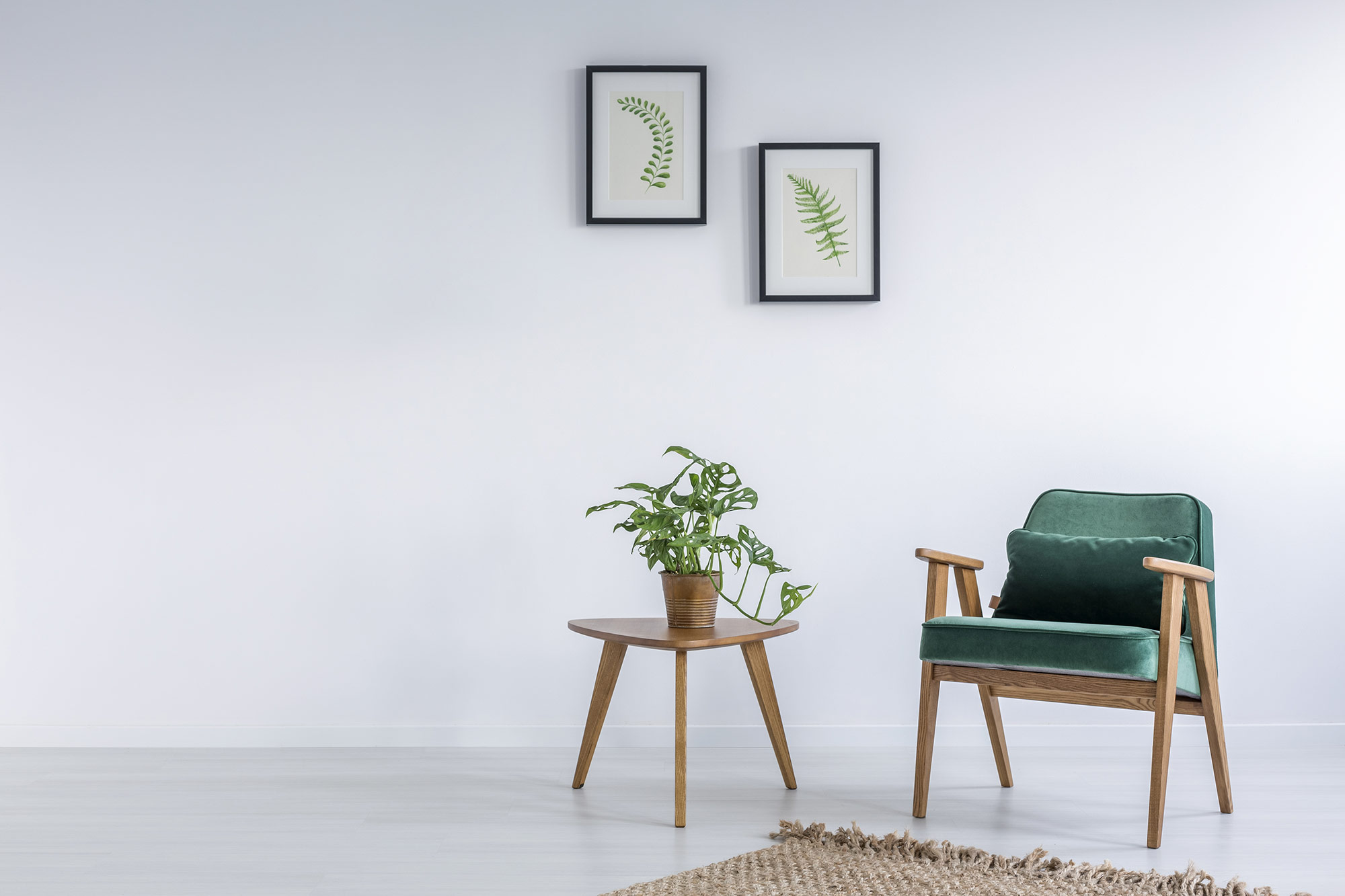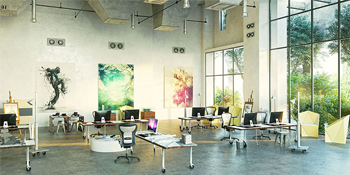For the last few years, office design and constructions have been seeing the use of cubicles slowly disappear from corporate environments.
Open office concepts are becoming increasingly popular in terms of functionality and aesthetics, whereas cubicles are now being seen as impersonal and outdated. This move seeks to create workplace synergy and collaboration, yet some are still contemplating if the open office concept is really better than a cubicle?
Let’s have a look at the pros and cons of each concept.
Open office spaces
Open office spaces are cost effective and aesthetically pleasing to the eye as there is more room to move, maximising the floor space. The open concept allows employees to work together, creating a sense of community and friendship which can increase cooperation, productivity and creativity. Another great thing about the open concepts is that there are no barriers between employees and those in managerial positions, breaking down that hierarchical structure and facilitating the welcoming feeling.
However, there are some downfalls to this concept as well. The open office fitout concept may create a sense of camaraderie, however, that can result in a high distraction within the workplace as it creates noise pollution and a lack of privacy. It also produces the issue of not having a permanent workspace, which can encourage staff to take work home. One key point to address is that not everyone works in the same way; some may need silence and concentration, while others need to bounce ideas off fellow employees. This could potentially result in a lack of productivity and resentment between staff members.

Cubicles
The modular systems of cubicles may seem old-fashioned, however, there are some pros behind its concept. The use of cubicles within the office space offers employees personal privacy when needed and a permanent working area. This allows the employees to leave work in their space rather than taking it home. It is also easily accessible and streamlines morning commencement and planning. For those who prefer to work individually and do not need that sense of group working, this type of office design allows them to work without being excluded from workplace cliques.
However, there are the cons too. The implementation of cubicles in the workplace environment builds up walls between staff members; physically and metaphorically. This can create the idea of not being allowed to chat and instilling the rule of ‘working silently,’ reducing any communication and collaboration between employees. It also restricts access to team members when necessary as they are tucked away in their corner. On the construction and design side, the installation of cubicles may increase costs, as well as increase square footage in the space.
There are pros and cons to every type of design concept, no matter the style or speciality of your organisation. Ultimately, what matters when choosing your design to suit your vision is determining what will work best for your business. If you are in an arts and creative business, collaboration is highly important, whereas in some corporate businesses, isolated workstyles will be more suitable.
Wurkspace7 is here to help. Discussing alignment with your vision is an integral part of our vision and strategy meetings. Contact us today to get started!
by Natassja Wynhorst



